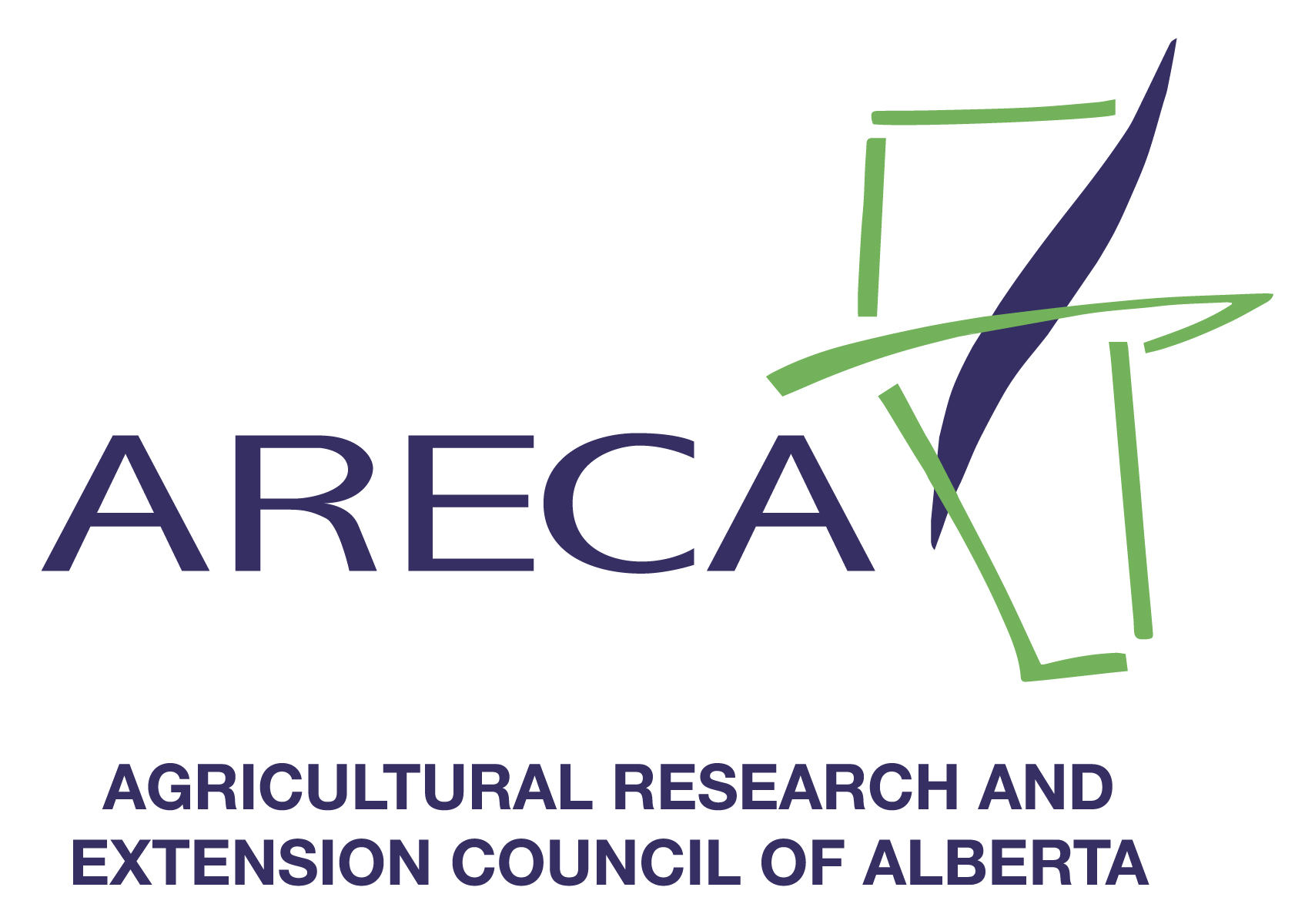Give the fire as little fuel as possible
Shelterbelts offer a wide range of benefits to a farm operation. They provide shelter to species that protect crops from pests. They help conserve moisture and soil, driving better crops and more sustainable farmland. And they can also provide protection to livestock from the elements, helping ensure healthier animals and better productivity.
At the same time, shelterbelts can be management intensive, and part of that management involves fire prevention. The good news, says Doug Macaulay, an agroforestry/woodlot specialist with Alberta Agriculture and Food (AF), is that shelterbelts are no more prone to fire than any other form of forestry, with the management fundamentals nearly identical.
“In my experience, I have not observed a lot of instances where shelterbelts have caught fire,” says Macaulay, who also worked as an EFP technician. “Still, the risk of fire is there. But you can reduce that risk substantially through proper design and maintenance. That starts by providing fire as little fuel as possible in the areas of the shelterbelt where fires are most likely to start.”
Tackling fire risk
Pruning excess branches is key to that process. “Avoid having a lot of small branches under the trees. Reduce the number of low-lying shrubs as well. It’s important to not have a lot of fuel available in the understories of the trees.”
A couple of passes with a cultivator or mower around the perimeter of the shelterbelt can create a barrier that protects the structure. “In the case of multiple row shelterbelts, it’s not a bad idea to cultivate or mow between the rows as well.”
Producers do not have direct control over all of the factors which can contribute to a shelterbelt fire. Shelterbelts located along a highway or roadway, for example, are at a higher risk for fire because of their increased exposure to human activity. Complicating matters in these cases is the fact that the adjacent ditch will often be the property of the province or local municipality.
“For example, if a fire starts in a ditch and the fuel load is high, it may be a risk to the shelterbelt. Management is needed in shelterbelts that are in these risky situations,” says Macaulay.
“In these cases, producers should take extra care to make sure that their shelterbelts are mowed or cultivated around and that dead understory branches are removed. If fuel loads are of concern along the ditch, they should also contact those responsible for its maintenance.”
Protecting homes
Minimizing the exposure of the farm residence to a shelterbelt fire starts in the design process. “Be sure not to plant the shelterbelt too close to your house,” he says. “Make sure it’s located at least 30 metres from the residence so your home is protected. Do not store fuel and other flammable materials near or in shelterbelts or tree areas. Keep trees clear of power lines and remove trees or branches that could pose a risk.”
Available Assistance
For more information on fire protection for shelterbelts, natural woodlands, woodlots and fencelines, see the “FireSmart Manual” and other related material available at many provincial government offices.
This article may be reprinted with the credit: Alberta Environmental Farm Plan
For more how-to fact sheets or other information, visit www.albertaEFP.com.
 Initiative
Initiative



